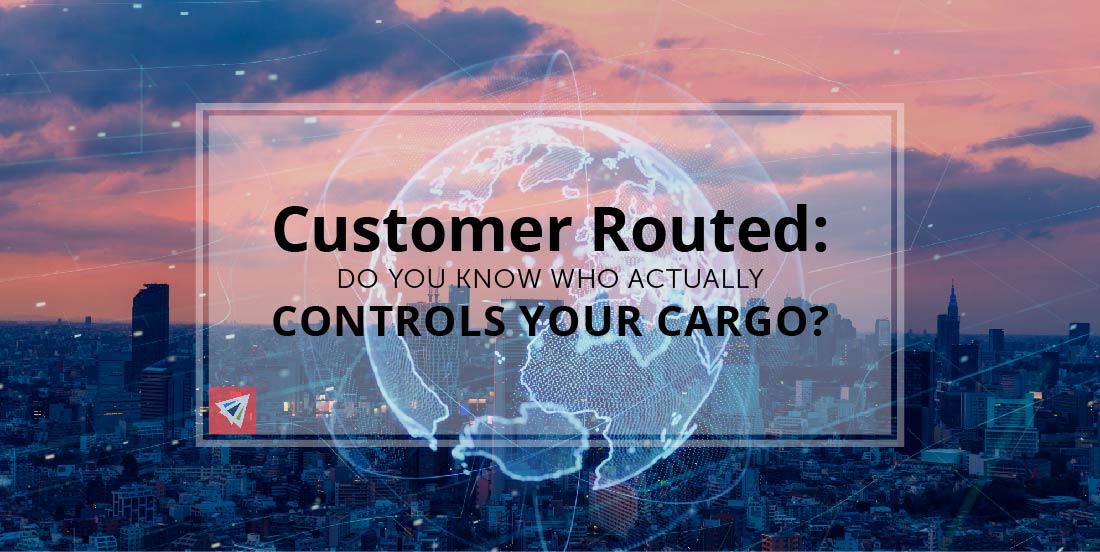When shipping cargo, there are always risks. If you have not already purchased cargo insurance, this might be the perfect time to before something happens to your cargo. Many uncontrollable events can appear and the last thing you want to deal with is damaged or lost cargo.
When it comes to the transportation process, you should been keenly aware of who is actually carrying your cargo at every point in its transit? After all, if it were up to you, you’d select the safest and most highly regarded carriers. Unfortunately, that’s not always an option if you’re not the one controlling your own cargo.
Who Controls Your Cargo?
When shipping cargo internationally, it is critical to choose the most efficient, cost-effective, and safe routes and carriers. Businesses are primarily concerned about damages, delays, and extra expenses. Selecting the correct shipping option that fits best for your company can be crucial, so know your options:
Standard Shipping
In standard shipping methods, the USPPI or exporter is in charge of arranging for shipment of the cargo. This gives them complete control over what carriers are selected, the route their cargo takes, the preferred departure dates, and many other factors. In other words, you choose how your cargo gets handled.
The primary benefit of controlling your own cargo is that you are always in the loop on where your cargo is and what is happening to it. Having control can improve customer service and increase sales revenue. Keep in mind that during a standard shipment, the USPPI (United States Principal Party in Interest) exporter is responsible for filing the EEI (Electronic Export Information) within 24 hours of the cargo arriving at the foreign port. They decide on the arrangement of delivery which gives the USPPI exporter complete control and visibility over the cargo. By having complete control, you can avoid any risks of unnecessary dilemmas or costs during transit.
Customer Routed Shipping
Customer routed shipping means the foreign party is in charge of making all freight transportation decisions (for a U.S. export). Essentially, you are handing over complete control of your cargo to the customer for them to make decisions regarding how it ships. Often times, this means low-cost vendors are selected which increases the potential for delays and greater risk of damage or loss.
With customer routed, the U.S. exporter steps aside and gives the FPPI (Foreign Principal Party in Interest) complete control on the arrangement of shipment.
However, The FPPI cannot file EEI through the Automated Export System (AES). It needs to be filed by a U.S. based party or agent. The FPPI will be in control of the cargo and the arrangement of delivery in a customer routed shipment, but they will need to authorize either the USPPI or another party(NVOCC, Freight Forwarder, etc.) in the U.S. to file EEI.
Conclusion
Standard and customer routed shipments differ between what party controls the cargo and who deals with the transportation process. It really boils down to whether your company wants control the cargo or not.
Wondering whether your company would benefit more on standard or customer routed shipping methods? Reach out to our team members! Our team frequently handles shipments for both types of methods and will have plenty of insight on which approach will be best for your company.
